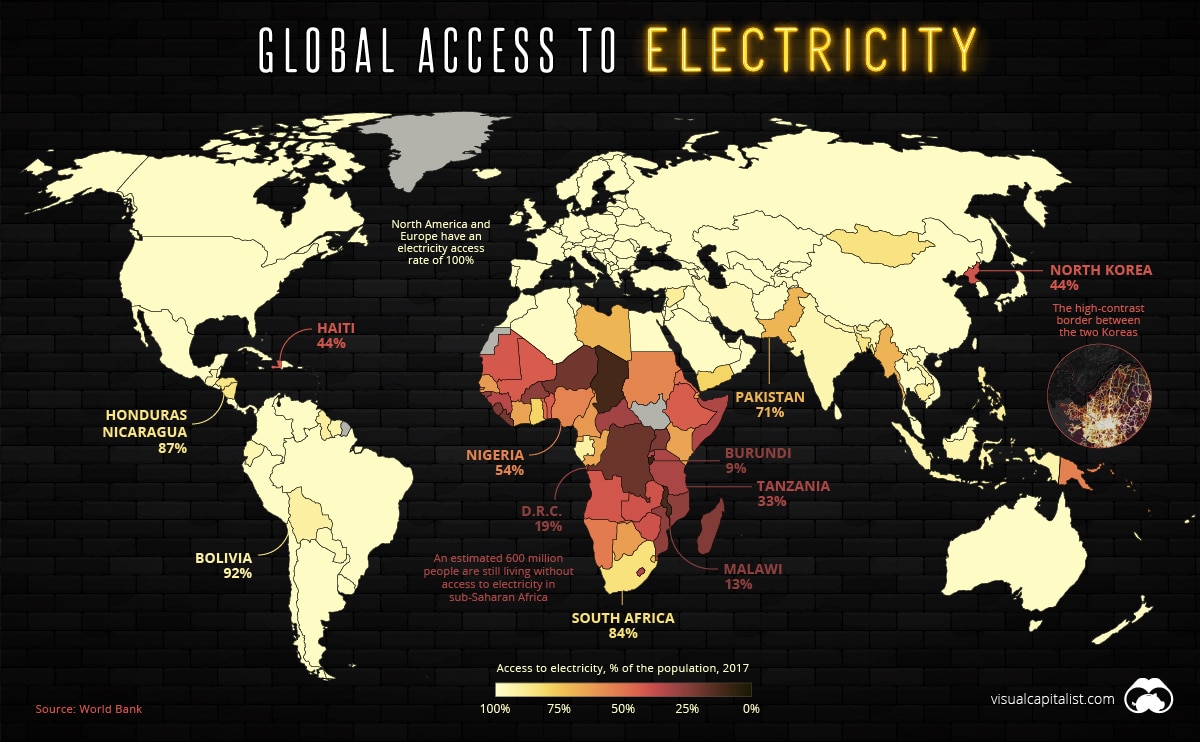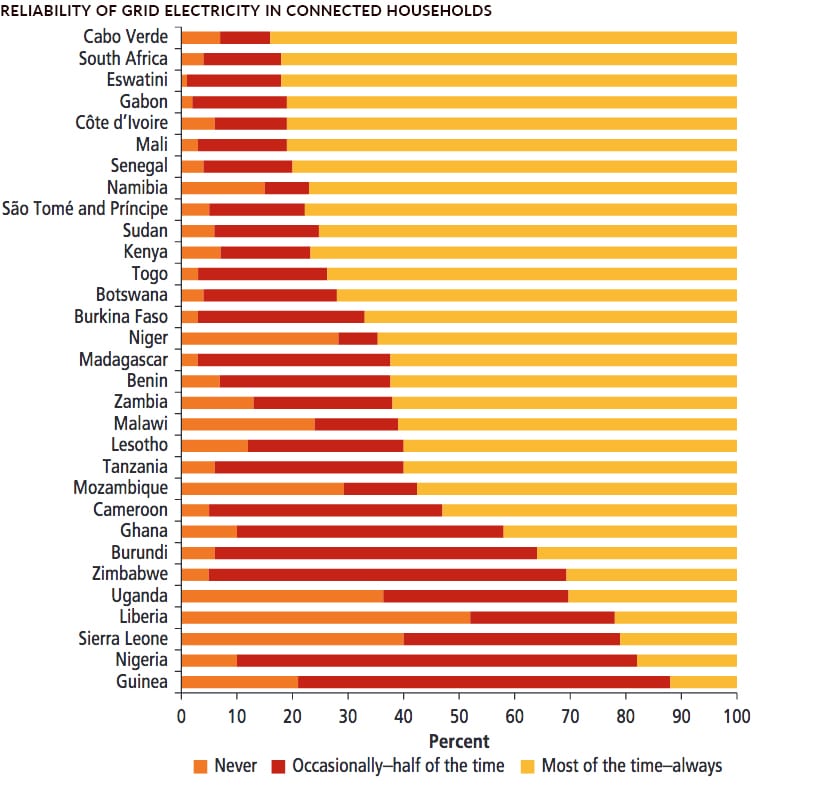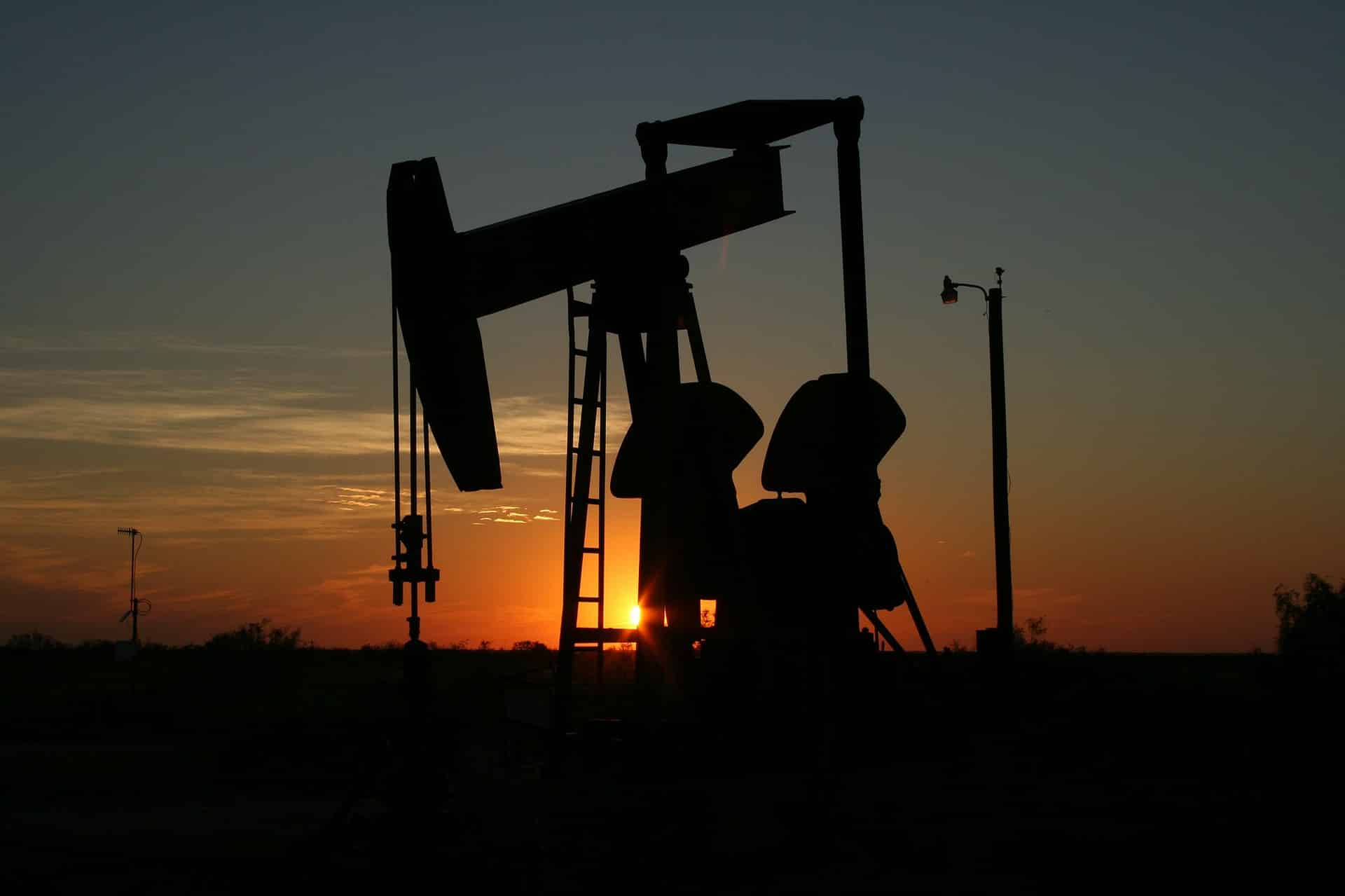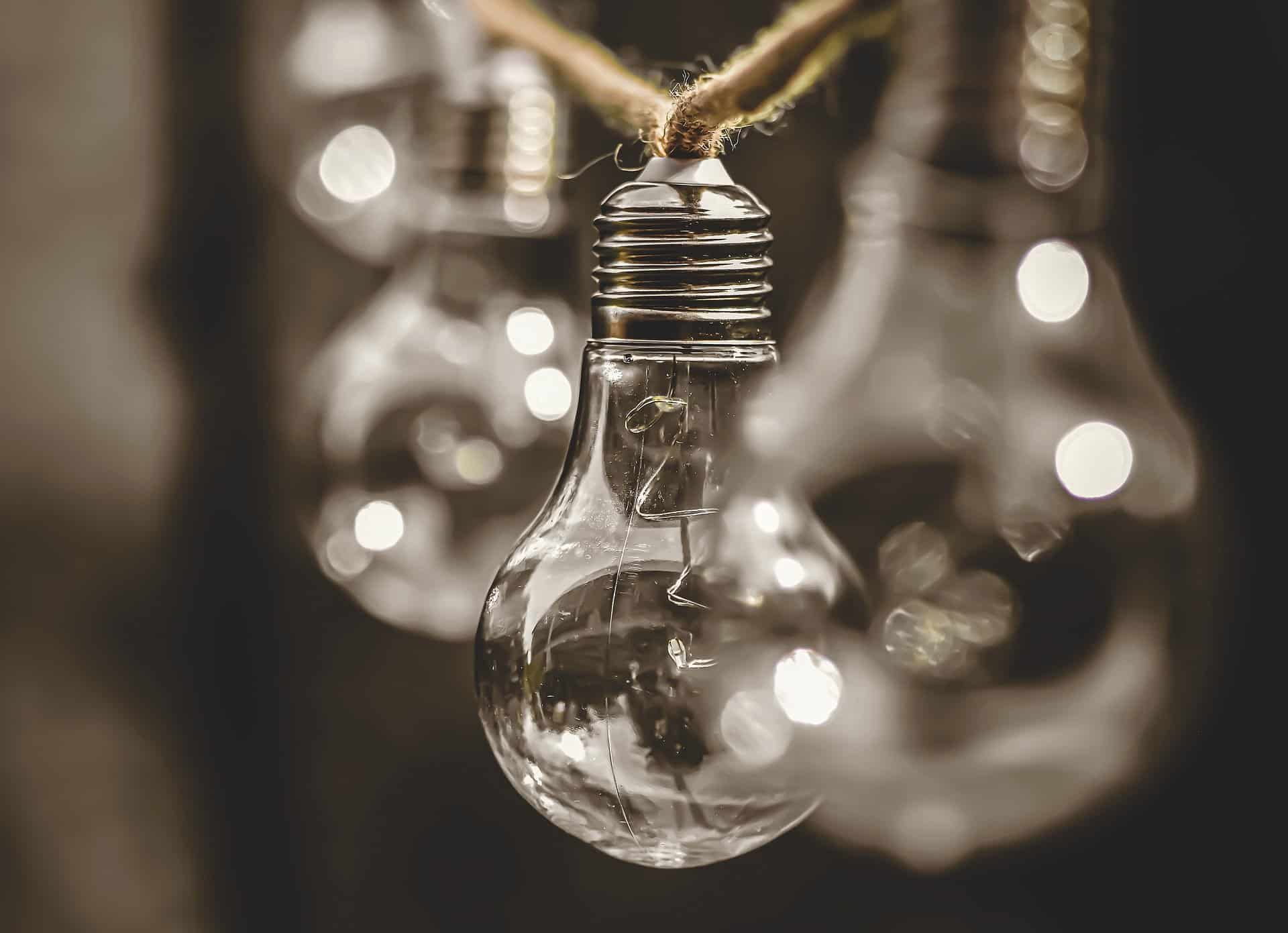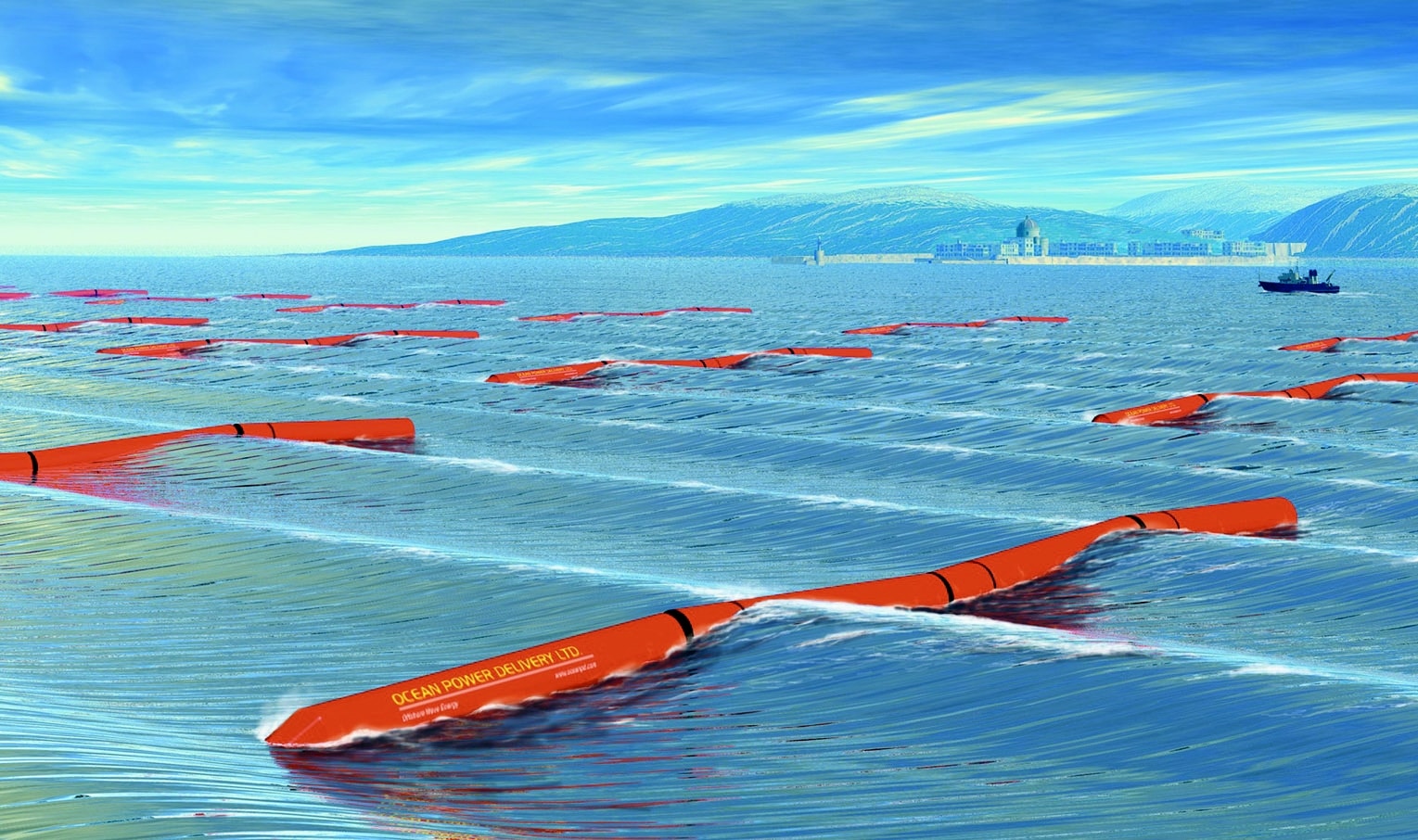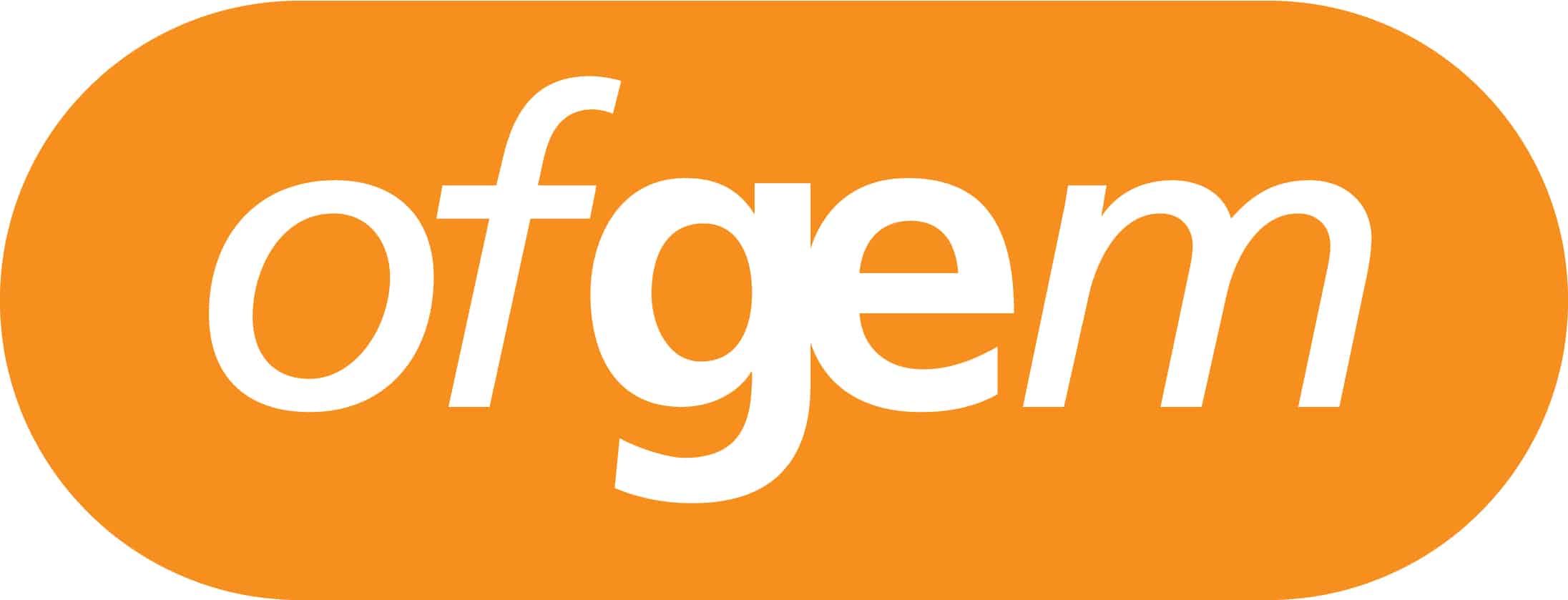Now more than ever, we rely on electricity to give us what we need. Whether that’s sustaining our businesses as we work from home, connecting us with our families and friends using the internet, or enabling us to cook and clean easily, safely and with very little risk to our health or our safety.
We light and power our homes so reliably that we barely notice the impact of electricity, let alone recognise the luxury. We spend our free time consuming social media, TV and using all our connected devices. We keep our homes safe and secure with alarms. If we experience a power cut, we switch the circuit back on at the fuse box.
Electricity is at our fingertips. Since 1926, when Prime Minister Stanley Baldwin promised the UK cheap and abundant electricity, we not only depend on free-flowing power, we take it for granted.
The benefits of electricity are an afterthought for many of us, and yet, some cannot access it at all. More than a billion people living on our planet don’t have access to electricity, and that’s a harsh truth.
From the perspective of someone in a cosy, well-lit home with the temperature just right, with music playing and dinner cooking, looking at their smartphone whilst it is plugged into the wall, charging and connected to the internet, learning that 16 per cent of the world’s population doesn’t have electricity may be quite the revelation.
How can it be that we depend on power when 1.2 billion people are living without this basic necessity?
Mapping access to energy
Describing energy poverty as the ultimate economic hindrance, Nick Routley writes for Visual Capitalist: “Lack of access to electricity … prevents people from participating in the modern economy.”
The likes of China and the United States, as well as other high-population countries around the world, have electricity access rates at 100 per cent or above 95 per cent.
For many countries under this threshold, it’s looking positive and there are leaps and bounds are being made forward. In a decade, India moved from 70 per cent to 93 per cent electricity access rate.
The Economist reported that, since 1990, 1.7 billion people acquired access to electricity and 1.6 billion have gained access to cleaner cooking fuels.
However, some countries still have vast amounts of electricity poverty. It’s estimated that more than half of the population in both North Korea and sub-Saharan Africa are living without it.
Just 20 per cent of sub-Saharan Africa’s population had access to power in 1995, and whilst this figure has since risen to above 40 per cent, that’s not enough.
This map details the global access to electricity for each country, with the percentage depicted visually, relative to its population.
Fighting for reliable energy
Access to electricity is the most obvious problem, but second to that is maintaining a reliable supply, and without this, running a modern business becomes very challenging.
Energy poverty disproportionately impacts rural Africa, but unreliable or even non-existent electricity is not confined to those areas. Nigeria is Africa’s unofficial tech capital and represents the continent’s largest economy. It has an electrification rate of 54 per cent and yet tech firms may experience more than 30 power outages in a month.
Ghana has an electricity access rate of 85 per cent, making it a success in the eyes of quantitative data. However, a business owner living there might describe it as quite the opposite. Power cuts are so frequent that back up generators are needed 60 per cent of the time and electricity prices are amongst the highest in the world.
Paying high prices for business electricity rates to hook up to an unreliable power supply, in addition to the extortionate cost of back-up generators, would not be called a success by most of us.
Sustainable Development Goals
A Sustainable Development target set by the United Nations for “access to affordable, reliable, sustainable, and modern energy for all” by 2030 is a wonderful vision but an ambitious goal that not only relates to giving the world electricity but aims to give it cleaner electricity.
Through the Sustainable Development Goals, the UN views energy as a means to achieving other goals, such as alleviating poverty and reducing inequalities.
However, with 1.2 billion people still without power, a report from the International Energy Agency (IEA) and the World Bank anticipated that far more money and effort is required to achieve the Sustainable Development Goal related to access to energy.
On this topic, The Washington Post reported that the rate of growth in electrification has been slower than the rate of growth of the population. In the article, Brad Plumer wrote that far greater investment would be needed and quoted the IEA’s statement that the investment would require a “doubling or tripling of financial flows over current levels.”
The pace of growth
The slow pace of growth might be about to pick up thanks to the impact of technological innovations enabling renewable energy advancements.
Renewable energy sources make up 26% of the world’s electricity and The Guardian reported that renewable energy is set to expand by 50% in the next five years.
The article references an International Energy Agency (IEA)’s report which: “predicts that by 2024 a new dawn for cheap solar power could see the world’s solar capacity grow by 600 GW, almost double the installed total electricity capacity of Japan. Overall, renewable electricity is expected to grow by 1,200 GW in the next five years, the equivalent of the total electricity capacity of the US.”
Calling for affordable energy
The Division for Sustainable Development in the United Nations highlighted that access to power is only fair if it is affordable: “Access to energy will not alleviate poverty if it is not affordable for the lowest income households.”
The report on interlinkages among energy, poverty and inequalities stated that: “Careful consideration of energy price policies is needed while alternative policies to cushion vulnerable households with social safety nets are preferred.”
Todd Foss, writing on ending global energy poverty for the World Economic Forum asked: How can we do better?
He writes: “The ultimate goal of global development is to raise incomes and enable every person on the planet to have a fair shot at fulfilling their creative and human potential.”
With people living in energy poverty, this simply isn’t possible. Until affordable, reliable energy can be accessed by everyone, it’s incredibly difficult to raise living standard, grow productivity and transform economies.
Affordable, reliable, sustainable and modern energy for all
Whilst sat at home, enjoying the benefits of fast, reliable power connections for appliances and utilities scattered throughout your building, you might hyper-aware of the privilege you have.
Energy poverty happens to a much greater extent in other countries around the world, but fuel poverty happens in the UK too. At Utility Saving Expert, we are trying to fight it.
As the UK’s leading socially responsible comparison site, we donate 10 per cent of our profits to charities that fight fuel poverty here in the UK. The charities we have chosen to support are National Energy Action and Energy Action Scotland and they do fantastic work.
Our comparison technology helps you to save money by switching to a cheaper supplier. It costs you nothing to use our online comparison tool and switch through UtilitySavingExpert.com. When you switch to a cheaper energy deal, you help to keep the market competitive and more affordable for everyone, and there are options for green energy too.
Every time you compare and switch using our website (for free!), you can access a cheaper, more reliable utility deal and we’ll be donating to charity and fighting fuel poverty on your behalf.
